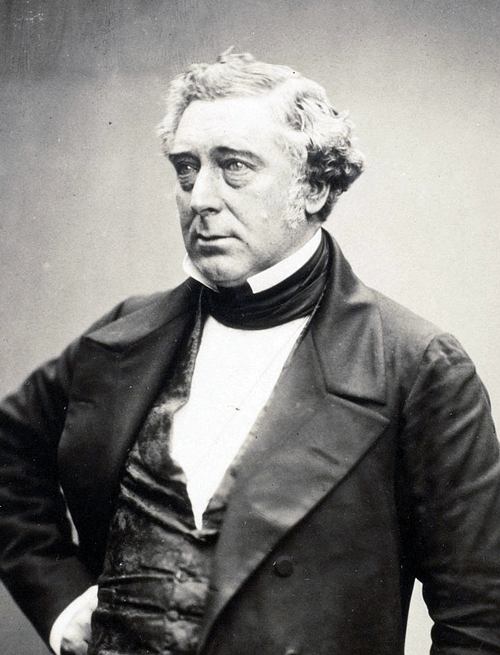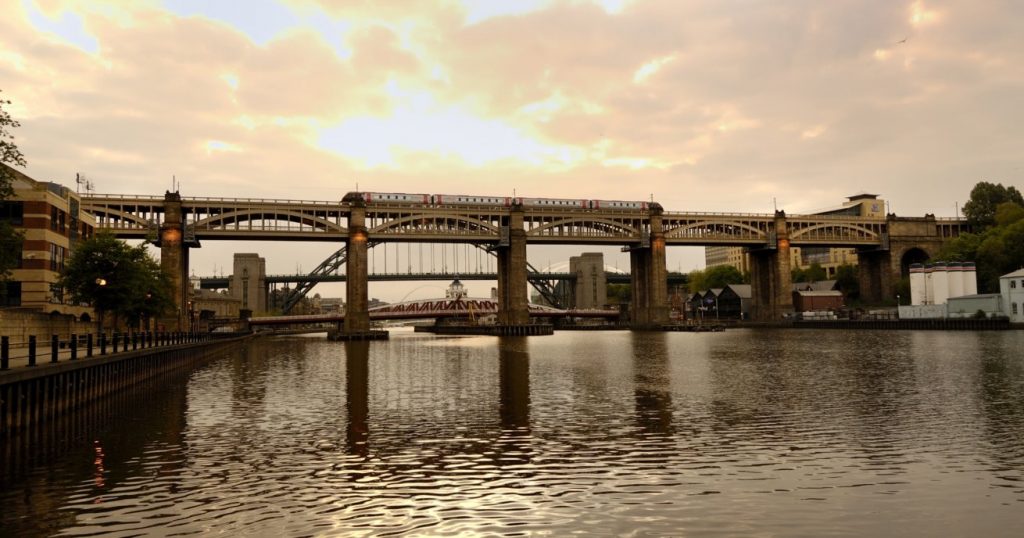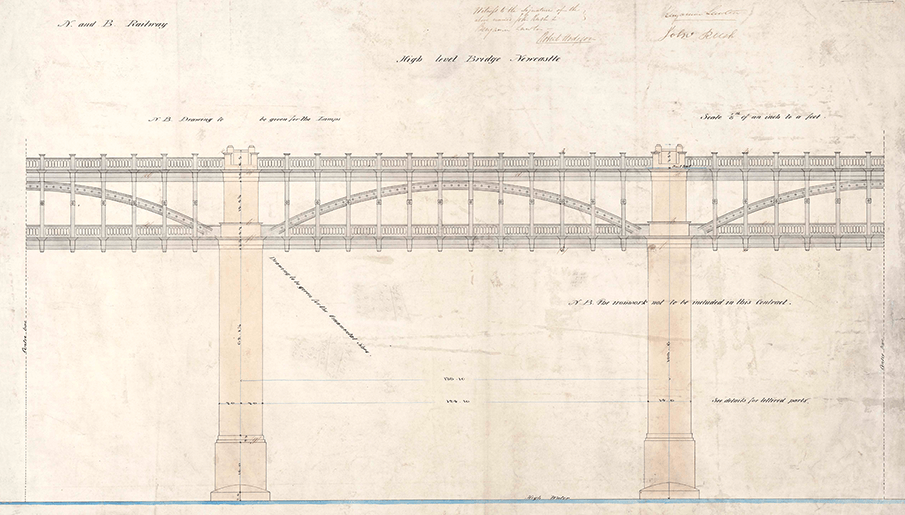On this day 217 years ago, Robert Stephenson was born – the only son of Father of the Railways.
Building on the incredible achievements of his father, eminent engineer Robert made an enormous contribution to the railway, in Britain and around the world.
His forward thinking enabled the significant expansion of railways during the ‘railway mania’ of the mid-19th century. His expertise in civil and mechanical engineering established the concept of the railway that developed in this country, which was then exported globally.
We look back at some of his greatest achievements:
The Stockton & Darlington Railway

In 1821, aged 18, Robert helped George Stephenson survey the Stockton & Darlington Railway – the world’s first passenger railway to use locomotives. The experience led him to assist in the first surveys of the Liverpool & Manchester Railway.
Network Rail recently rediscovered George Stephenson’s notebook for the survey of the Stockton & Darlington line.
Click on the gallery to see George Stephenson’s plans for the Stockton & Darlington Railway
The battle of the gauges
Robert Stephenson’s ‘standard’ gauge of 4ft81/4in was adopted globally – it’s used by 60% of the world’s railways. Gauges – the distances between the rails on the tracks – varied but much of Britain’s railway had already been laid according to his preferred distance. The Gauge Act passed in 1846, making Stephenson’s the standard in Britain and later used worldwide.
Stephenson’s Rocket
Robert convinced the world locomotives were the future when his Rocket locomotive won at the Rainhill Trails in October 1829. His business, Robert Stephenson & Co, had entered the engine, for which Robert continued to improve the design. Its multi-tubular boiler provided the template for steam locomotives built worldwide during the 19th and 20th centuries.
The High Level Bridge
Robert’s High Level Bridge in Newcastle – the world’s first bridge to combine rail and road traffic – opened in 1849. It was part of the objective to create a continuous line from London to Edinburgh. Robert designed the bridge to carry the railway above, rather than beside the road for the first time – a concept that would save space and money.
Network Rail contributed an historic drawing of the bridge to an online archive curated for the Great Exhibition of the North this summer.

The longest bridge in the world
Robert’s tubular Victoria bridge over the St Lawrence River in Montreal completed in 1859. For many years it held the record for the longest bridge in the world at 6,650ft.
Happy birthday, Robert!




